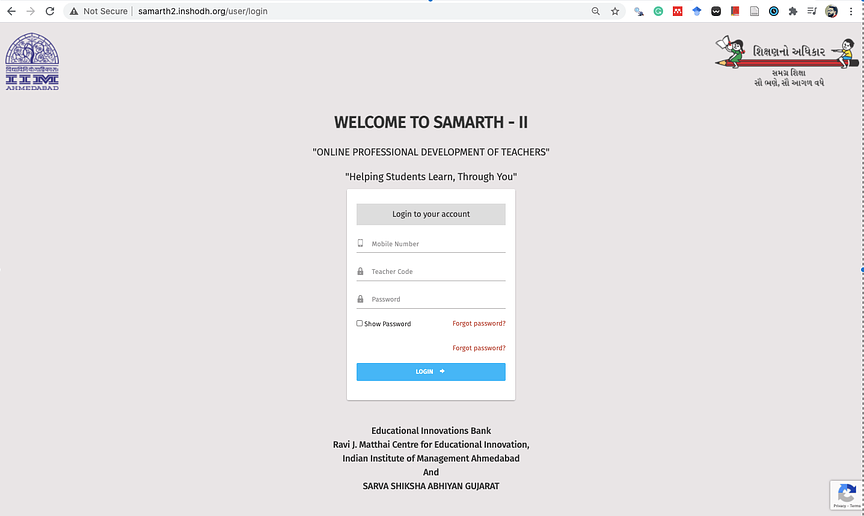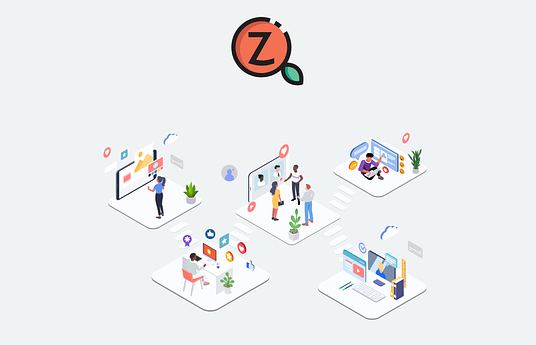(1) Improving the quality of the public system is a social justice imperative. (2) The work of problem-solving teachers has not been leveraged by public training establishments. The long experience of the team in working with such teachers and the support of the Government of Gujarat, India, resulted in the training of over 161,000 teachers.
The innovation has a standard template that has to be implemented in three steps. First, identifying problem-solving experiments undertaken by teachers, validating them, and converting them into multi-media format teaching material along with theoretical content and evaluation questions. Second, creating a web/mobile phone-based platform and the associated social media platforms. Finally, designing real-life projects to be done by all participants.
Sharing of videos/photos/text on classroom transactions for peer learning outside the program framework. Extensive use of social media to create ‘communities of learning’, especially during COVID-19 times. Adaptation of the case studies for own use—since the case studies provided potential solutions to difficult problems, they were the main source of learning. Sponsorship by government has helped. Smaller groups of subject-specific teachers have been spun-off, especially in using ICT and teaching math.
If you are an educational administrator or an NGO working with your government, engage in an exercise to identify the problem-solving practices in your area, using a template available in the model. Next, finalize the curriculum and the low-cost web or mobile-based technology platform to host the program. Contact Avinash Bhandari, FAIRE, avinashbhandari72@gmail.com



